Unveiling the Invisible Reality of Climate Migrant Stories in the Lower Mekong Basin
In the midst of a variety of troubling contemporary global issues, climate migrants are frequently overlooked, particularly in the context of the reality of climate migrants in the Mekong River region. Climate change and migration appear to be treated as secondary issues in this region compared to other current political issues. Data show that the river basin was extremely rich, with enormous valuable resources critical for the communities living near the river. The Lower Mekong Basin is home to approximately 65 million people, 50 million of whom rely directly on the river for socioeconomic and livelihood activities (Pal et al., 2023). The current climate crisis and environmental degradation have contributed to a significant dramatic shift in seasonal and weather patterns in the region, making them more severe and extreme. The Standardized Precipitation Index projection for 2020 showed that drought caused by the combination of El Nino has contributed to more severe and extreme conditions in the south of Cambodia, Thailand, and Vietnam (Dutta, 2020). This climate projection undeniably has had devastating consequences for people who rely on them.
LMB’s unlivable and dangerous landscapes have forced communities to flee, making them more vulnerable as climate migrants looking for a way to survive. Drought and heavy flooding in LMB have significantly contributed to increased water demand and food insecurity, decreased agricultural and aquaculture productivity, disruption of fish migration, and other multi-hazard disasters. It then connects to the socioeconomic sphere, where it has directly forced people to change their livelihoods in order to avoid disasters. According to OCHA, the lower Mekong subregion in Southeast Asia anticipates between 3.3 million and 6.3 million new climate migrants between now and 2050 (1.4% to 2.7% of the country’s population) (Soo-Chen & McCoy, 2023). However, the problem stems from the tendency to generalize about people who have been directly affected by disasters. Marginalized people who have been in a vulnerable position must face the consequences of ‘natural’ disasters that put them in more extreme vulnerability.
As an instance, older people or senior citizen, have faced significant challenges as climate migrants. According to Nguyen (2022), there are some stories about the elderly struggling to survive due to the Mekong River’s environmental degradation. Nguyen Thi Ngoc and her husband left from their farm in the Mekong Delta at the age of 63. Their farm experienced increased saltwater intrusion, making it difficult to cultivate rice and fruits. This phenomenon was caused by Vietnam’s severe drought, which left 600.000 people unable to access safe drinking water. Upstream hydropower dams also helped trap river water, resulting in an extreme drought that reduced the flow of water and allowed salt water to penetrate the inland. As a result, Nguyen and her husband relocated to Ho Chi Minh City to work as security guards (Nguyen, 2022).
Migrating appears to be a ‘coping mechanism’ for rural citizens, but it is not a fully effective ‘safety net’ for mitigating their vulnerabilities. Migration rarely reduces vulnerability to socioeconomic and climate stressors but rather shifts one set of climate risks and health-related vulnerabilities to another (Ngo et al., 2022). Referring back to the preceding story, older people from rural areas do not necessarily want to migrate to cities, where they are often ill-prepared to face a fiercely competitive workforce. This financial challenge and other structural issues may not be solved solely through migration (Nguyen, 2022).
The tendency to overlook climate migrant issues itself highlights at least four problems that need addressing in future policymaking or research. First, there is a lack of use of the intersectionality lens to contextualise different groups’ experiences. Using intersectionality, we can see that there is a tendency to generalize victims of climate change, which is one of the main reasons why older people receive less attention in the public or policy realm. Intersectionality will assist in identifying multiple burdens carried by marginalized groups, which may help contextualize policy or regulation to be more relevant and reflective of them. Second, there is a lack of understanding about how the Mekong River has shifted from a source of livelihood and civilization to a dangerous place to live . Livelihoods are defined as people’s economic and non-economic self-reliance strategies for survival and prosperity (Ellis, 2008). According to estimates, the net preserve value (NPV) of the fisheries sector will fall by 16.5 million in 2020 and 22.6 million in 2040 in all lower Mekong countries: Cambodia, Lao PDR, Thailand, and Vietnam. According to Yoshida et al. (2020), the total loss of fish caused by dams on the Mekong mainstream could be between 0.7 and 1.6 million tonnes per year. These data demonstrate how the cultural legacy of preserving livelihood has been drastically reduced. Third, there is a lack of comprehensive international or regional agreements that benefit local communities. The lack of a precise legally binding international agreement—the 1951 Convention, the Paris Agreement, and other international agreements—may be failing to protect climate migrants (Noel, 2023). The debates are still stagnant, revolving around the discussion of the lack of a broad definition for climate refugees. It then has an impact on the qualification process for seeking asylum, which later fails to establish states for providing asylum to refugees and instead leaves the decision-making process to their own states’ legislature. This pattern is similar to how ASEAN, as a regional organization, lacks a legally binding agreement to address the issue of climate migrants. There are several environmental cooperation frameworks to address climate change in the Mekong region, but there are no efforts to address climate migrant or refugee issues, leaving it up to each state’s legislature and domestic regulation to address this problem. It demonstrates an underestimation of the slow-onset phenomenon, which is actually dangerous to a country’s security and survival (Petz & Rum, 2020). Fourth, the association of the terms ‘natural disasters’ and ‘natural hazards’ has contributed to a confusion of responsibility in disaster response, prevention, and adaptation. According to Mileti’s work (1999), a natural disaster differs from a natural hazard. Hazards occur naturally, but disasters are predictable outcomes of interactions between the physical environment, the built environment, and the communities that experience them. The ‘natural’ in natural disasters is now blurred or irrelevant, reflecting the interconnectedness of human influences (land use, logging, industrialization, etc.) that contributed to the slow yet long-term effects on the environment, demonstrating that human-induced factors can transform natural hazards into disasters. In the context of LMB, it was not the drought or flood that left people homeless; it was poorly built housing, government inefficiency, and underlying corruption (Puttick et al., 2018). Natural hazards combined with social and human vulnerability lead to many disasters (Puttick et al., 2018). Bosher (2008) emphasized this crucial point, arguing that labelling a disaster as “natural” essentially releases many involved parties from accountability, contributing to the prevailing public perception that “natural” disasters are unaffected by human intervention or accountability (Puttick et al., 2018).
In conclusion, the essay calls for a more nuanced understanding of the complex issues surrounding climate migration in the Mekong River region, advocating intersectionality, comprehensive agreements, and a re-evaluation of the distinction between natural hazards and natural disasters. It underscores the urgent need to unveil the unique challenges faced by vulnerable communities in the face of environmental changes.
References
Bergeron, T. (2023). No Refuge for “Climate Refugees” in International Law . Www.lclark.edu. https://www.lclark.edu/live/blogs/200-no-refuge-for-climate-refugees-in-international
Dutta, R. (2020). Food at risk: The repercussions of climate change and drought in the Lower Mekong region. In ASEAN Risk Monitor and Disaster Management Review (ARMOR) 2nd edition. AHA Centre.
Ellis, F. (2008). The Determinants of Rural Livelihood Diversification in Developing Countries. Journal of Agricultural Economics, 51(2), 289–302. https://doi.org/10.1111/j.1477-9552.2000.tb01229.x
Mach, L. T., Cau, H. L., & Cuoung, V. T. (2022, February 9). Floods and Migrants of Vietnam’s Mekong Delta: 25 Lessons from the Data. Earth Journalism Network. https://earthjournalism.net/stories/floods-and-migrants-of-vietnams-mekong-delta-25-lessons-from-the-data
Mekong River Commission (MRC). (2018). Fisheries. Www.mrcmekong.org. https://www.mrcmekong.org/our-work/topics/fisheries/
Mileti, D. (1999). Disasters by Design: A Reassessment of Natural Hazards in the United States. National Academies Press.
Ngo, H., Vo, D. C., Ebi, K. L., & Hagopian, A. (2022). Health trade-offs in pursuit of livelihood security: exploring the intersection of climate, migration and health from the perspective of Mekong Delta migrants in Ho Chi Minh City, Vietnam. Climate and Development, 1–11. https://doi.org/10.1080/17565529.2022.2077691
Nguyen, N. (2022, October 24). Climate change and dams force older residents to leave Vietnam’s Mekong Delta. The Third Pole. https://www.thethirdpole.net/en/livelihoods/climate-change-dams-force-migration-older-residents-vietnam-mekong-delta/
Noel, M. (2023). Here’s how international law can protect people fleeing environmental disaster. World Economic Forum. https://www.weforum.org/agenda/2023/03/as-people-flee-environmental-disasters-how-can-international-law-help-them/
Pal, I., Dhungana , G., Baskota, A., Udmale, P., Gadhawe, M. A., Doydee, P., Nguyen, N., & Sophat, S. (2023). Multi-Hazard Livelihood Security and Resilience of Lower Mekong Basin Communities. Sustainability, 15(11), 8469–8469. https://doi.org/10.3390/su15118469
Petz, D., & Rum, M. (2020). Where To Go? Finding Durable Solutions for Disaster-Displaced Persons in Southeast Asia. In ASEAN Risk Monitor and Disaster Management Review (ARMOR) 2nd edition. AHA Centre.
Puttick, S., Bosher, L., & Chmutina, K. (2018). Disasters are not natural. Teaching Geography, 43(3), 118–120. https://www.jstor.org/stable/26538739
Soo-Chen, K., & McCoy, D. (2023). Climate displacement & migration in South East Asia – Viet Nam | ReliefWeb. Reliefweb.int. https://reliefweb.int/report/viet-nam/climate-displacement-migration-south-east-asia#:~:text=The%20lower%20Mekong%20subregion%20in
Yoshida, Y., Lee, H. S., Trung, B. H., Tran, H.-D., Lall, M. K., Kakar, K., & Xuan, T. D. (2020). Impacts of Mainstream Hydropower Dams on Fisheries and Agriculture in Lower Mekong Basin. Sustainability, 12(6), 2408. https://doi.org/10.3390/su12062408
.
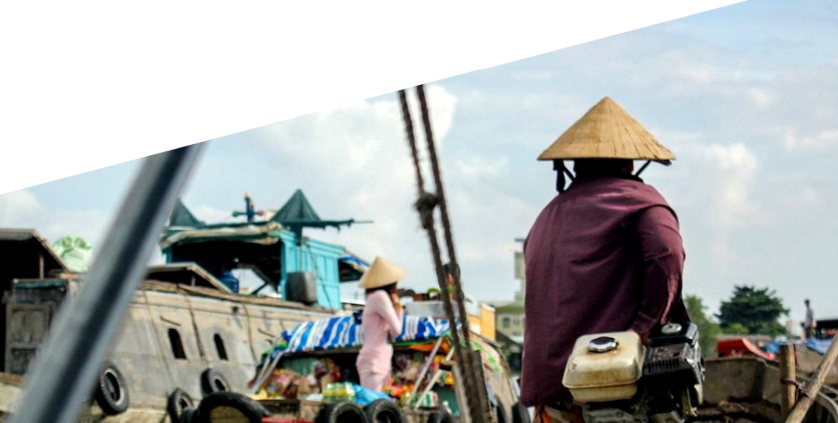

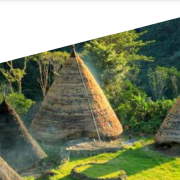
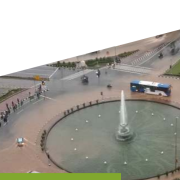



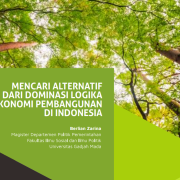
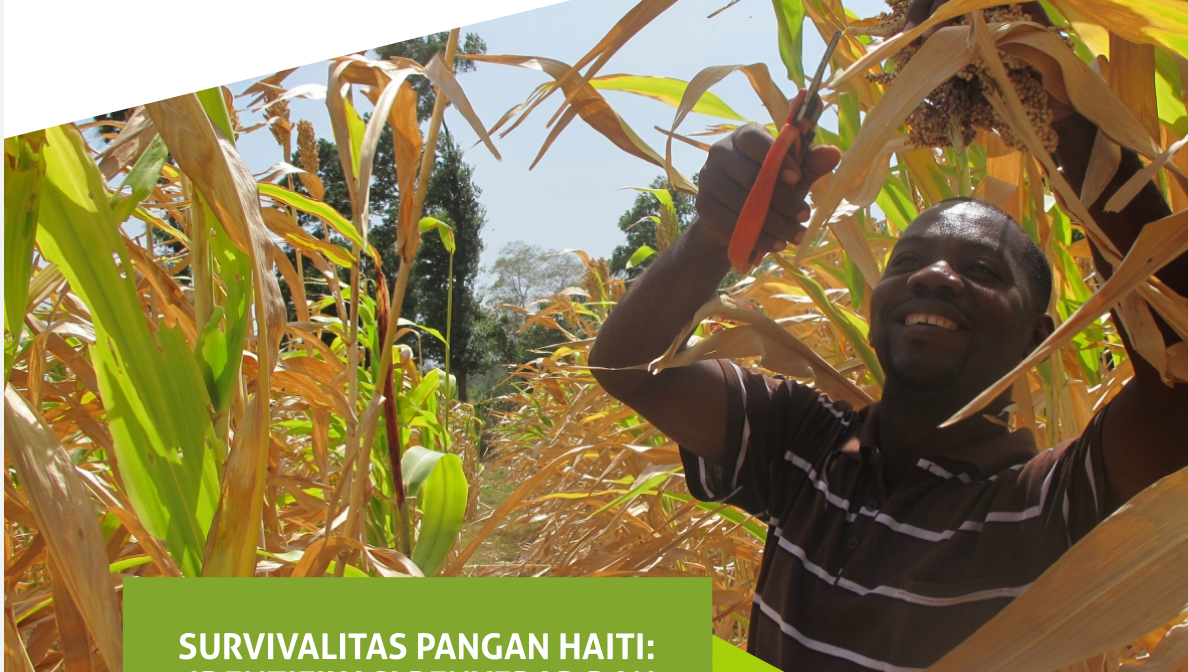

Leave a Reply
Want to join the discussion?Feel free to contribute!